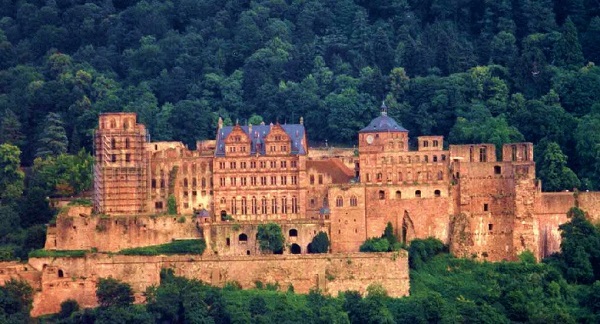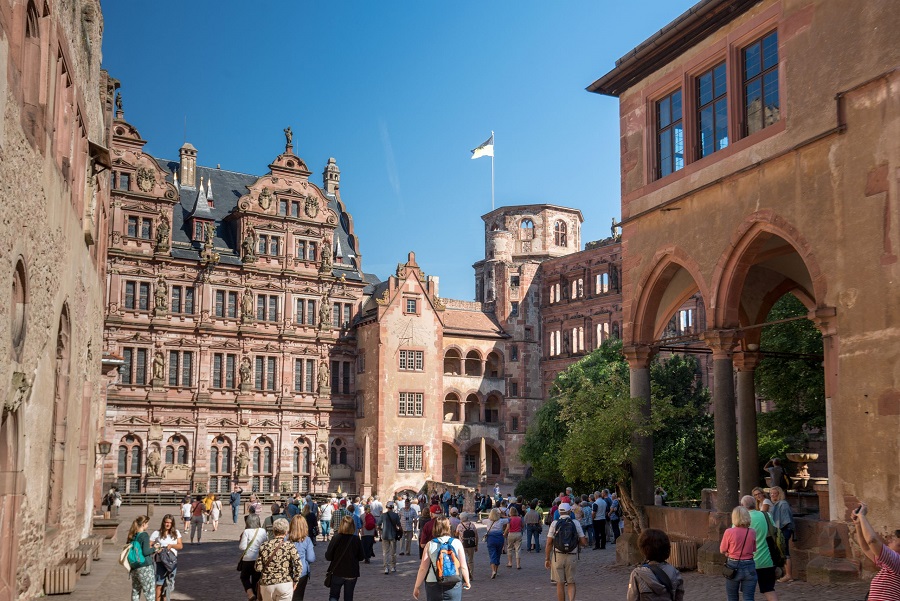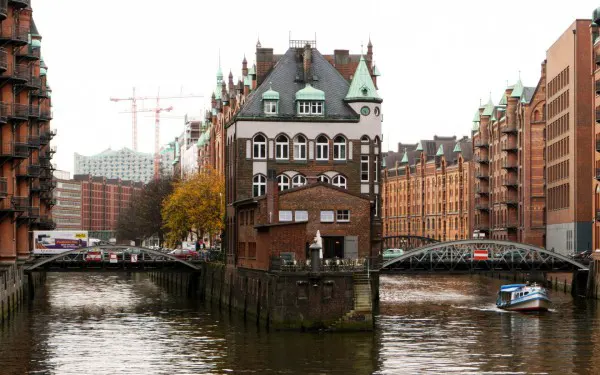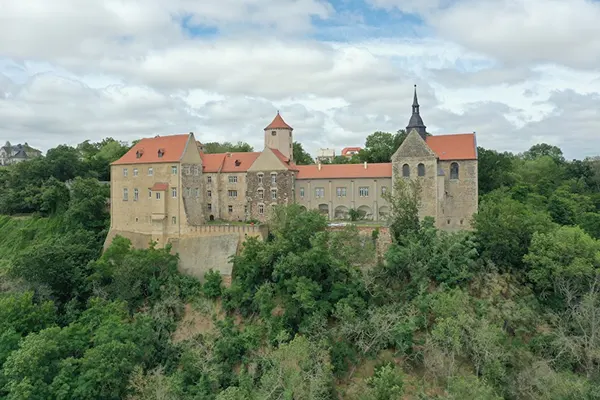
Exploring Heidelberg Palace: A Journey Through History and Splendor
Discover the enchanting Heidelberg Palace, a gem of German history and architecture. This comprehensive guide delves into the palace’s creation, historical significance, and the many reasons it remains a must-visit destination for travelers and history enthusiasts alike.
The Fascinating Creation Story of Heidelberg Palace
Heidelberg Palace’s story begins in the medieval era, evolving over centuries to become the iconic structure we see today. Originally built as a small fortress, it was expanded into a majestic palace, reflecting the grandeur of its time. The palace’s architecture showcases a blend of Renaissance and Baroque styles, a testament to its long-standing historical significance.
Throughout its history, the palace has witnessed numerous renovations and expansions, each adding to its intricate beauty and complexity.
Unraveling the History Behind the Name
The Origin of ‘Heidelberg’
The name ‘Heidelberg’ finds its roots in the German language, meaning ‘Heather’s Hill.’ This name reflects the palace’s scenic location atop a hill, surrounded by the natural beauty of the heather plants in the region.
Symbolism in the Name
The palace’s name not only denotes its geographical position but also symbolizes its standing as a beacon of cultural and historical significance in Germany.
Why Was Heidelberg Palace Built?
Heidelberg Palace was constructed not only as a royal residence but also as a symbol of power and prestige. It served as a political and cultural center, playing a pivotal role in regional politics and serving as a gathering place for intellectuals and artists of the time.
Architectural Marvel: Builders and Era of Construction
The palace was built by a succession of rulers from the Electorate of the Palatinate. Its construction spanned several centuries, beginning in the 13th century and continuing through to the 17th century, each phase reflecting the architectural styles and preferences of the era.
The Palace’s Ruination and Restoration
Despite its grandeur, Heidelberg Palace faced periods of ruin, particularly during the Thirty Years’ War and the Palatinate Succession War. However, its partial restoration and preservation efforts have allowed it to become a symbol of resilience and historical memory.

What Makes Heidelberg Palace Special?
Heidelberg Palace is renowned for its architectural beauty, rich history, and the breathtaking views it offers of the Neckar River valley. Its gardens, known as the Hortus Palatinus, were once considered the Eighth Wonder of the World, symbolizing the artistic and scientific advancements of the era.
Famous Residents of Heidelberg Palace
The palace was home to notable figures in history, including Electors of the Palatinate. It has also been a muse for poets, artists, and thinkers who found inspiration within its walls and gardens.
Visiting Heidelberg Palace Today
Today, Heidelberg Palace stands as a must-visit historical site, offering guided tours, exhibitions, and a glimpse into Germany’s rich cultural past. Its blend of ruins and restored sections provides a unique experience, taking visitors on a journey through time.



